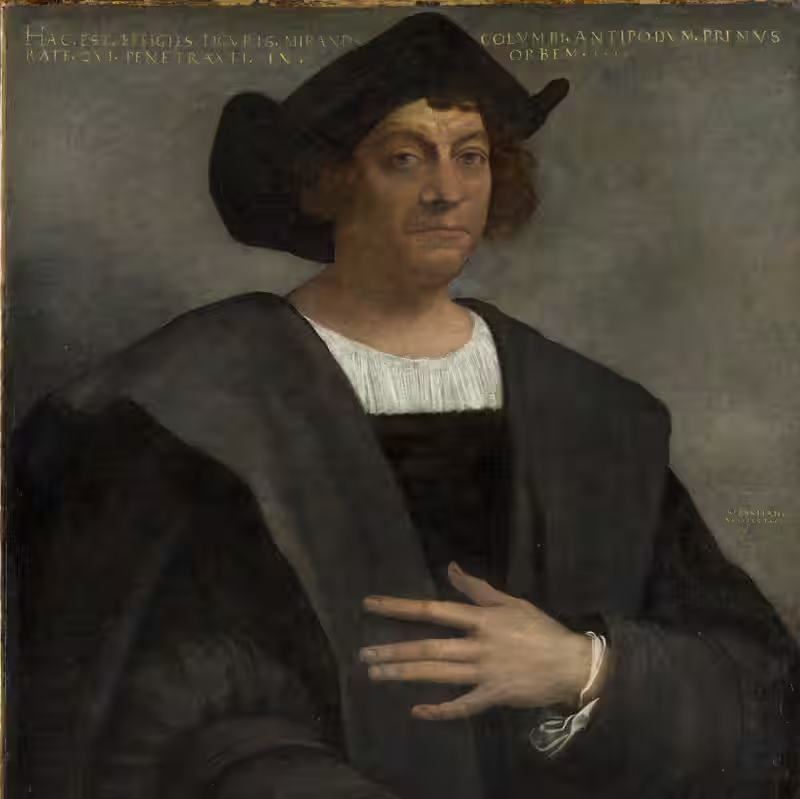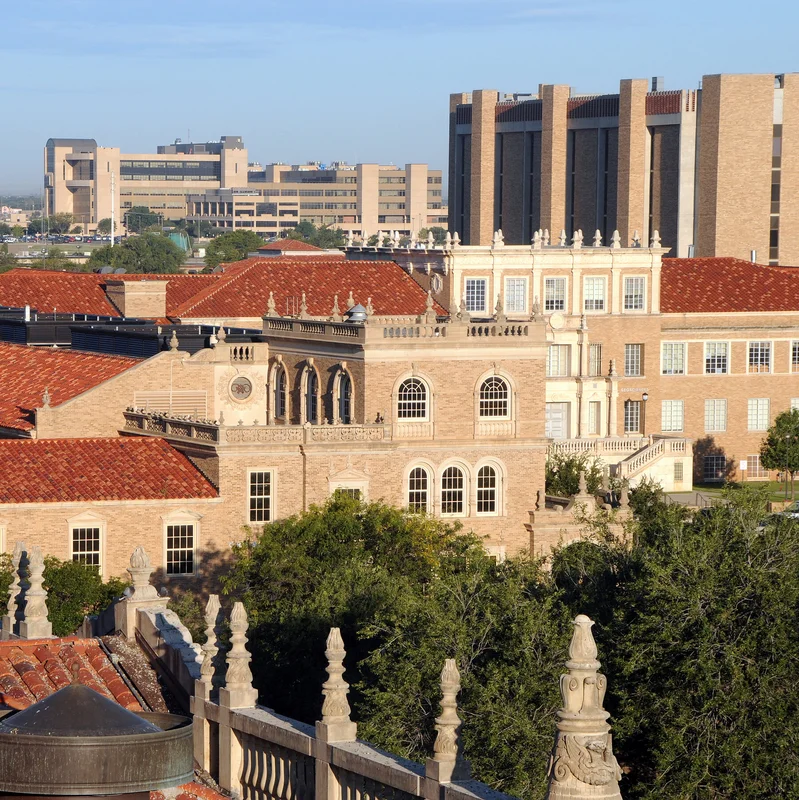More than 500 years after his first voyage, Christopher Columbus remains a lightning rod—hailed as a visionary by some, condemned as a colonizer by others. But why does this one man keep returning to public debate, again and again, in wildly different forms? In The Nine Lives of Christopher Columbus, historian Matthew Restall offers a brilliant, deeply human answer: Columbus isn’t just a historical figure—he’s a mirror.
What Is ‘The Nine Lives of Christopher Columbus’ About?
Restall’s new book, published by Basic Books, doesn’t rehash the familiar tales of ships and spices. Instead, it traces how Columbus’s legacy has been resurrected, reshaped, and repurposed across five centuries—by politicians, priests, poets, and protesters. Each “life” reflects the values, anxieties, and agendas of the era that revived him.
“Columbus is less a man than a vessel,” Restall writes. “We keep pouring our own meanings into him until he overflows.”
The Nine Lives at a Glance
Restall identifies nine distinct reincarnations of Columbus, each tied to a historical moment:
| Life | Era | How Columbus Was Portrayed |
|---|---|---|
| 1. The Penitent Pilgrim | 1500s | Religious explorer fulfilling divine mission |
| 2. The Imperial Hero | 1700s | Symbol of European conquest and progress |
| 3. The American Founding Father | 1800s (U.S.) | Proto-American discoverer, adopted by early U.S. nationalists |
| 4. The Catholic Saint | Late 1800s | Beatified figure for Italian and Irish immigrants |
| 5. The Scientific Navigator | Early 1900s | Rational explorer defying medieval ignorance |
| 6. The Fascist Icon | 1930s–40s | Used by Mussolini and Franco as symbol of national glory |
| 7. The Anti-Colonial Villain | 1960s–80s | Criticized for initiating genocide and slavery |
| 8. The Erased Man | 1990s–2010s | Statues removed, holidays renamed (e.g., Indigenous Peoples’ Day) |
| 9. The Cultural Battleground | 2020s | Simultaneously mythologized and demonized in culture wars |
Why This Book Matters Now
In an age of statue topplings and curriculum debates, Restall’s work feels urgently relevant. He doesn’t take sides in the Columbus controversy. Instead, he shows how both defenders and detractors often project their own ideologies onto a man who left behind few personal writings and whose real motivations remain murky.
“The irony,” Restall notes, “is that the more we try to bury Columbus, the more we resurrect him—just in a different costume.”
Praise from Historians
Early reviews hail the book as “a masterclass in historical memory” (The Washington Post) and “the definitive account of how myths are made” (The Atlantic). Restall, a professor at Penn State and author of Seven Myths of the Spanish Conquest, brings decades of expertise in colonial Latin America to bear with clarity and wit.
Should You Read It?
If you’ve ever wondered why Columbus Day sparks protests in some cities and parades in others—or why a 15th-century sailor still dominates 21st-century headlines—this book is essential reading. Restall doesn’t just tell us who Columbus was. He reveals why we can’t stop arguing about him.




